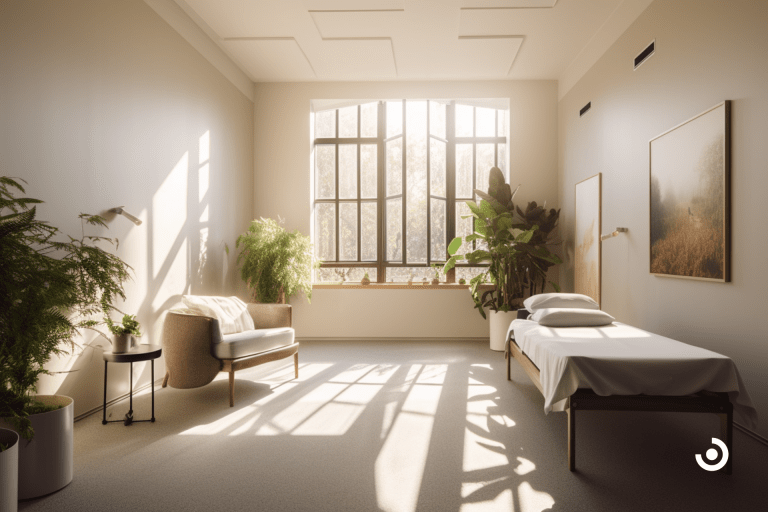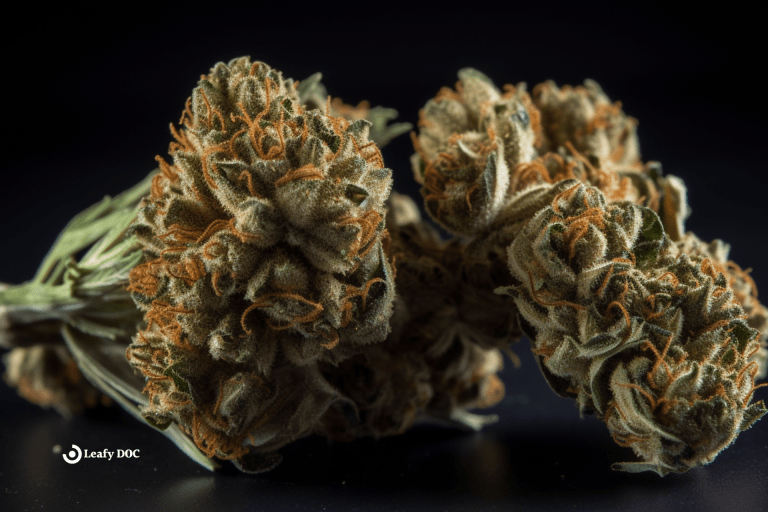Depression
What is depression?
Depression is a relatively common but severe mood disorder that can worsen over time without proper treatment. It is often triggered by sadness, grief, or anger that interferes with daily activities and relationships.
Though depression and grief share similar features, depression typically goes a step further and involves self-hate or loss of self-esteem. People experience depression in various ways.
It’s crucial to realize that feeling sad or down is normal. However, if you’re feeling down or hopeless regularly, you could be dealing with depression and should seek a healthcare professional as soon as possible.
What causes it?
Various factors can cause depression:
- Brain chemistry
- Genetics, family history
- Life events-stress, trauma, loss
- Medical conditions, especially chronic diseases
- Substance Abuse
- Some prescription drugs list depression as a side effect
- Personality disorders
What are the symptoms?
Depression symptoms may include:
- Feeling sad, hopeless, or anxious.
- Not enjoying life
- Being easily irritated or frustrated.
- Changes in eating behaviors
- Changes in sleep patterns
- Unable to concentrate or remember things.
- Physical issues like headache, stomach ache, or sexual dysfunction.
- Self-harm or suicidal thoughts/actions
Types of depression include:
- Major depressive disorder (MDD): Clinical depression is defined by intense symptoms that last over two weeks and interfere with daily life.
- Bipolar depression: Bipolar disorder has alternating periods of low mood and extreme manic periods. Patients report feeling sad, hopeless, and exhausted during the down period.
- Perinatal and postpartum depression: Perinatal depression occurs around birth and is often called postpartum depression. Perinatal depression occurs during pregnancy and can last up to one year after giving birth.
- Persistent depressive disorder (PDD): PDD is also known as dysthymia. Symptoms of persistent depressive disorder are less severe but longer lasting than MDD.
- Premenstrual dysphoric disorder (PMDD): Premenstrual dysphoric disorder is a powerful form of PMS. It affects women in the period leading up to the menstrual cycle.
- Psychotic depression: Psychotic depression comes with severe depressive symptoms along with delusions or hallucinations.
- Seasonal affective disorder (SAD): Seasonal depression usually starts in late fall and early winter and typically goes away during spring and summer.
Depression Statistics
- Depression affects approximately 17.3 million American adults yearly, or about 7.1% of the U.S. population aged 18 and older.
- Depression is twice as common in women than in men.
- 25% of cancer patients experience depression.
- One-third of heart attack survivors experience depression.
- 33-50% of anorexia patients have depression.
- Seven million adults 65 years and older are affected by depression.
- Depression is the primary cause of disability worldwide.
- Depression is the cause of over two-thirds of suicides in the U.S. each year.
- The risk of suicide among people with untreated depression is nearly twenty percent.
- Up to eighty percent of those treated for depression show an improvement in symptoms within four to six weeks.
- Nearly two-thirds of people suffering from depression do not receive proper treatment.
Treatments for Depression
A doctor can prescribe some antidepressants and other medications to help with depression symptoms. Here are some other treatment methods below.
Group Support Therapy
Group therapy allows a person with depression to learn social skills from others going through similar situations in a safe space. Participating in group activities with other people with anxiety, obsessive-compulsive disorder, or other mental disorder can make one feel less alone and more understood.
Cognitive Behavior Therapy
Cognitive-behavioral therapy, or talk therapy, is the most common type for those with anxiety disorders. During talk therapy, the patient with depression will meet regularly with a therapist to self-report measures of behaviors, emotions, and thoughts during everyday life.
This will encourage and assist the individual in recognizing and addressing intrusive, harmful, or false ideas to help treat PTSD patients. Cognitive behavior therapy can change thought patterns and help the patient see things more positively.
Alternative Therapy
This category includes yoga, meditation, exercise, and acupuncture. These holistic therapies are popular for people looking to increase blood flow, change their lifestyles and build healthier habits. For some, they can assist in treating depression.
Some alternative solutions combined with medication, therapy, or medical marijuana could successfully result in a significant decrease in anxiety and build a healthy, happy, and productive lifestyle.
Can Medical Cannabis Help with Depression?
The University of Buffalo’s Research Institute on Addictions (RIA) has recently begun research on the connection between cannabinoids, depression, and chronic stress. Animal research shows that certain cannabinoids can help reduce stress, which is a significant cause of depression.
It’s also important to note that over half of Washington medical marijuana users that participated in a survey reported treating depression with medical cannabis products.
Medical Cannabis and Anxiety
Anxiety is the most common mental disorder in the United States, affecting approximately forty million adults nationwide. This number reflects about eighteen percent of our nation’s population. Anxiety is a relatively treatable condition; however, only around thirty-seven percent of patients seek treatment. Anxiety disorders, including social phobia, stem from inherited traits, brain structures that affect the fear response, life events, and environmental factors.
THC and CBD can improve sleep quality and duration in anxiety disorders. Recent clinical trials tell us that medical cannabis may help reduce social anxiety in the short term and help you sleep better. However, before using marijuana to treat anxiety, we recommend speaking with your doctor to be safe.
Cannabis researchers believe that CBD increases anandamide, which directly increases serotonin activity and helps ease fear and stress. When paired with CBD, it acts similarly to prescription serotonin and norepinephrine reuptake inhibitors (SNRIs) by relieving feelings of anxiety.
Medical Marijuana and PTSD
Post-traumatic stress disorder (PTSD) is a disorder that develops in some people who have experienced a severely shocking or dangerous event. It is typically a devastating condition that can lead to other mental illnesses if left untreated.
PTSD often enhances depression, substance abuse, or anxiety disorder. Treatments other than anti-anxiety drugs include group therapy, cognitive processing therapy, acupuncture, hypnosis, and more. Medical cannabis can also be a convenient and effective method to eliminate trauma memories if you live in a legal state.
Conclusion
The best strains for depression would have a more considerable amount of CBD and lower levels of THC. High-THC cannabis strains can induce anxious feelings and panic attacks.
The critical cure is a tremendous strain because CBD and THC are in a nice balance. Safe access to hybrid marijuana strains with a combination of these cannabinoids could allow for the health benefits of marijuana use without the adverse risks.
Last Updated: June 14, 2024
Get Your Medical Card
Connect with a licensed physician online in minutes
Table of Contents
Keep Reading
-
Exploring The Benefits Of Medical Cannabis
Are you curious about the amazing benefits of medical cannabis? Find out how this natural remedy can transform your life with pain relief, anxiety management, and more. Click now to explore the incredible advantages waiting for you!
-
The 3 Best Cheese Weed Strains Of All Time
Craving a mind-blowing experience? Discover the top 3 cheese weed strains that will leave you wanting more. Don’t miss out on these ultimate varieties – click now!
-
How to Properly Store Cannabis Flower So That It Lasts
If you want your cannabis flower to last, you need to store it properly! Here’s a guide on how to do just that.



